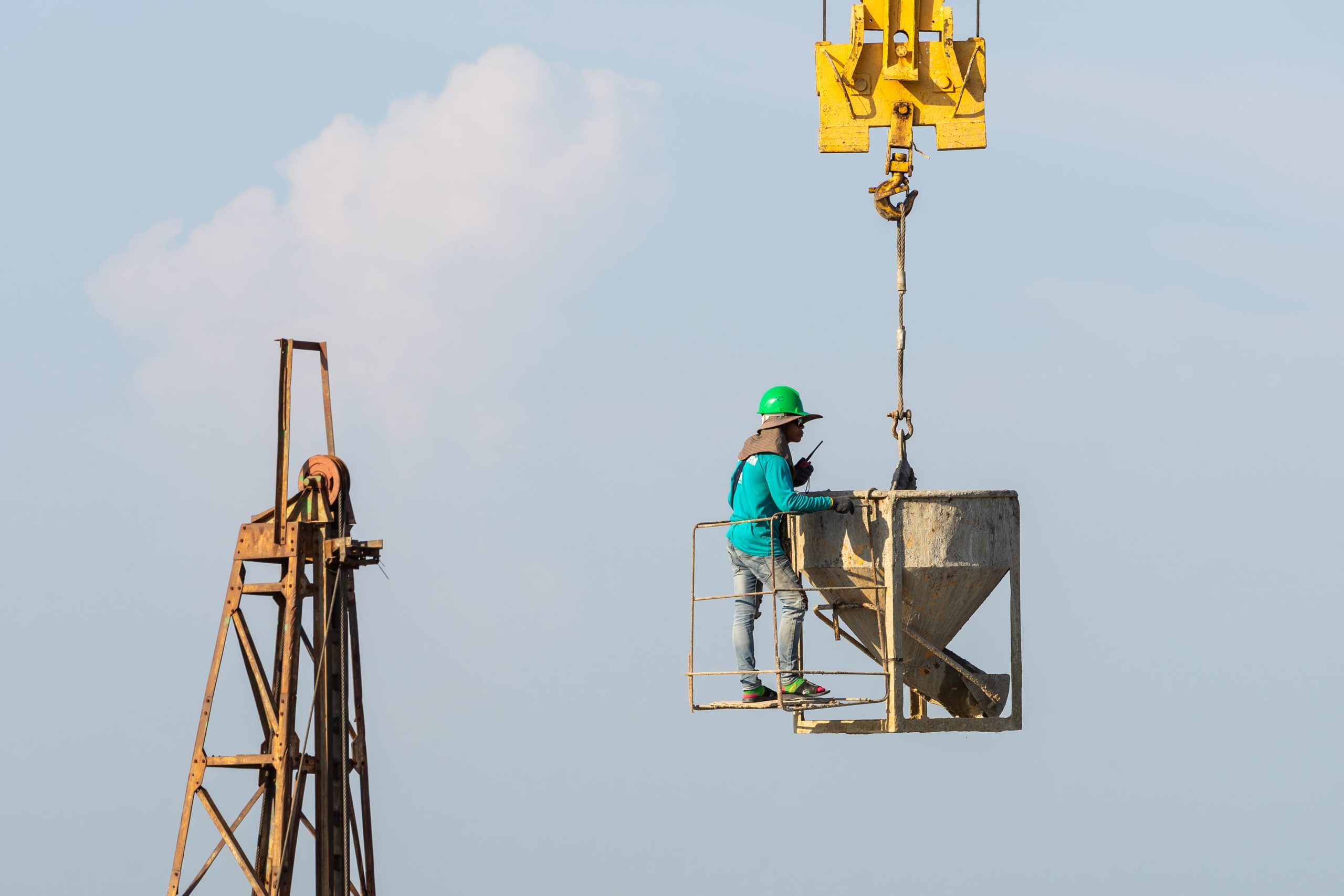
In the construction and industrial handling sector, the construction crane is one of the most strategic tools to ensure productivity, safety, and precision in lifting operations. From telescopic cranes to tower cranes, from mini construction cranes to solutions for challenging terrains, choosing the right model depends on a combination of technical, environmental, and regulatory factors.
In this guide by 3Bmust International, we explore in a technical and detailed way the world of construction cranes, analyzing types, operating principles, areas of application, and main reference regulations.
What is a construction crane and how does it work
A construction crane is a machine designed for moving materials or heavy loads, capable of lifting them vertically and transporting them horizontally.
Its architecture varies depending on the type, but generally includes the following components:
-
A supporting structure (base or frame, sometimes tracked or truck-mounted)
-
A boom or jib (which can be fixed, articulated, or telescopic)
-
A hoist with rope and lifting hook
-
A counterweight system for stability
-
Electronic control units and safety sensors
Modern construction cranes integrate automatic balancing systems, load and tilt sensors, moment limiters, and predictive diagnostics software. These technologies optimize operations in critical conditions, preventing overload, tipping, downtime, or accidents.
Choosing the right construction crane: technical and operational criteria
Selecting the most suitable construction crane is crucial to ensure efficiency, safety, and operational continuity in any project. The choice must be based on a detailed evaluation of several technical aspects:
-
Maximum load capacity and required reach
-
Ground conditions and site accessibility
-
Available space for installation and maneuvering
-
Duration of the project: whether it is a temporary intervention or a permanent installation, the operational period also affects the most suitable crane type
-
Compliance with local regulations and required safety certifications, essential to ensure conformity and personnel protection
Today, the difference often comes from the integration of advanced electronic technologies, such as intelligent sensors and safety systems developed by 3Bmust International. These solutions allow precise monitoring of parameters such as load, tilt, and stability, providing continuous control over the machine’s operation. In this way, regulatory compliance is maintained, and a safer, more efficient site is guaranteed.
Construction cranes for building sites vs. shipyards: key differences
Construction cranes for building sites and shipyard cranes differ mainly in function, capacity, and operating conditions, adapting to very different needs.
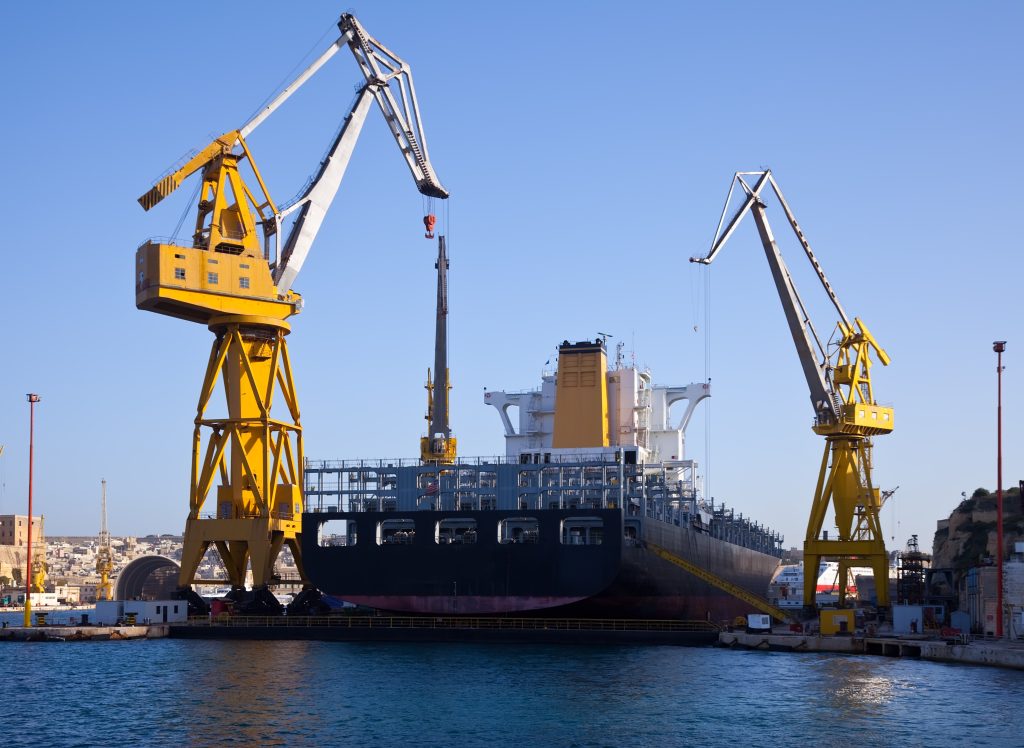
For building sites, cranes are mainly designed to move materials such as concrete, steel, or prefabricated panels. The most common types include tower cranes, telescopic cranes, and truck-mounted cranes. They are designed to reach great heights, operate precisely even in confined spaces, and provide stability on variable or uneven ground.
For shipyards, cranes must handle very heavy and bulky loads, such as hulls, ship modules, or industrial components. The most used types are portal cranes and crawler cranes, with long booms and high lifting capacity. These cranes are intended to operate on rigid surfaces, barges, or dockyards, and are also resistant to atmospheric agents and saltwater.
In summary, the main differences between building site cranes and shipyard cranes are:
-
Type of load: light construction materials vs. heavy and bulky loads
-
Machine type: tower, telescopic, and truck-mounted cranes vs. portal and crawler cranes
-
Working environment: urban or industrial building sites vs. shipyards and port areas
-
Stability and resistance requirements: variable ground vs. rigid surfaces, with attention to specific atmospheric conditions
Classification of construction cranes
Cranes can be classified based on mobility, structural type, lifting capacity, and application area. Below, we describe the characteristics, applications, and professional use of the main categories.
Tower construction cranes: the symbol of modern building sites
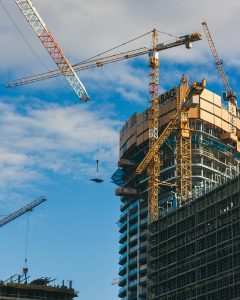 Tower cranes are the operational core of any vertical construction site. With their imposing metal tower and horizontal rotating jib, they allow heavy loads to be lifted to great heights with millimetric precision. There are different configurations:
Tower cranes are the operational core of any vertical construction site. With their imposing metal tower and horizontal rotating jib, they allow heavy loads to be lifted to great heights with millimetric precision. There are different configurations:
-
High-slewing cranes, ideal for large buildings and infrastructure projects
-
Low-slewing cranes, for urban environments with space constraints
-
Self-erecting cranes, perfect for temporary sites thanks to rapid installation
Correct load balancing is crucial: for this reason, modern tower cranes use moment control electronic systems, wind sensors, anti-tipping devices, and predictive diagnostics software.
Telescopic cranes: flexibility and high performance
Telescopic cranes are one of the most versatile solutions in modern construction cranes. Their distinctive feature is the extendable boom, composed of multiple sliding sections, which extend hydraulically to reach significant heights without compromising stability or precision.
Thanks to quick installation and the ability to operate in confined spaces, telescopic cranes are widely used in urban construction, civil infrastructure, and industrial assembly operations. Advanced models include electronic load moment control systems, automatic stabilizers, and tilt sensors that adjust the machine’s position in real time, minimizing operational risks.
For companies needing mobile, precise, and quickly deployable solutions, telescopic cranes provide an ideal balance between performance, safety, and operational flexibility.
Truck-mounted cranes: mobility and rapid deployment
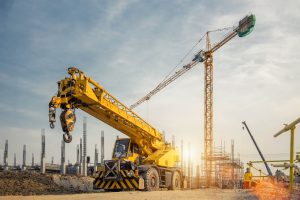 Truck-mounted cranes combine lifting power with road mobility. Mounted on industrial chassis, they can quickly reach multiple sites without requiring exceptional transport permits.
Truck-mounted cranes combine lifting power with road mobility. Mounted on industrial chassis, they can quickly reach multiple sites without requiring exceptional transport permits.
This feature makes them ideal for work spread across multiple locations, for construction logistics, and for assembly or rapid maintenance tasks. The ability to configure the crane on-site also significantly reduces set-up time. Recent models integrate electronic control units and dynamic stability monitoring systems, which track loads, reach, and vehicle tilt, ensuring fully safe operation.
Truck-mounted mobile cranes are therefore a strategic choice for those needing operational responsiveness and logistical versatility, without sacrificing lifting precision.
Crawler cranes: power and stability on challenging terrain
Crawler cranes are designed to operate on difficult, muddy, or unconsolidated ground, thanks to tracks that ensure constant grip and uniform weight distribution. They are widely used in shipyards, bridge construction, power plants, and large civil infrastructure projects.
Their massive structure allows for high lifting capacities — often exceeding 300 tons — and exceptional stability even without outriggers. Recent technological advancements have introduced continuous load monitoring sensors, moment limiters, and automatic alignment systems, optimizing performance based on terrain and operational conditions.
Reliability and robustness make crawler cranes an essential choice for sites demanding maximum power and structural safety.
All-terrain cranes: performance on every surface
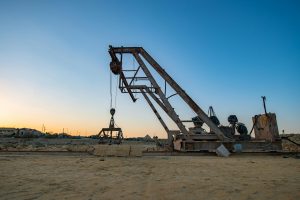 All-terrain cranes combine the road mobility of truck-mounted cranes with the traction and stability of crawler cranes. Equipped with adjustable suspensions and all-wheel drive, they can operate efficiently on paved roads, dirt tracks, or uneven terrain.
All-terrain cranes combine the road mobility of truck-mounted cranes with the traction and stability of crawler cranes. Equipped with adjustable suspensions and all-wheel drive, they can operate efficiently on paved roads, dirt tracks, or uneven terrain.
They are ideal for complex construction sites, mountainous areas, or locations with difficult access. Thanks to electronic load management and active stability control systems, these cranes maintain high performance even under variable operating conditions.
All-terrain cranes stand out for their balance of power and maneuverability, representing a universal solution for companies seeking a machine capable of handling any operational scenario.
Rough terrain cranes: compactness and optimal traction
Rough terrain cranes are designed to maximize efficiency in unpaved areas, dirt roads, or steep slopes. More compact than all-terrain cranes, they offer significant lifting power relative to their size and are distinguished by excellent maneuverability.
Thanks to oversized tires and automatic stabilizers, they maintain stability even on slopes or unstable surfaces. They are ideal for temporary sites, industrial maintenance, or emergency installations.
New generations of rough terrain cranes integrate automatic leveling systems, safety sensors, and digital interfaces that assist the operator throughout every lifting phase, reducing errors and improving productivity.
Gantry cranes: solutions for heavy industrial and naval loads
Gantry cranes are bridge-type structures with vertical supports and movable trolleys, used for extremely heavy lifting in shipyards, ports, and industrial facilities.
These machines run on rails or motorized wheels and can lift blocks weighing hundreds of tons. Load control is managed through electronic weight distribution and structural monitoring systems, ensuring precision and stability even during long-duration operations.
Gantry cranes are often equipped with advanced safety devices, such as deformation sensors and dynamic limiters, making them a strategic choice where reliability and millimetric precision are essential.
Articulated boom cranes: precision and flexibility in confined spaces
Articulated boom cranes provide maximum movement versatility through multiple hydraulic joints, allowing operations in tight spaces and at angled positions. They are ideal for urban construction sites, industrial facilities, or high-altitude maintenance where precise load positioning is required.
The articulated boom enables complex movements, translating into highly precise and safe operations. Modern versions integrate electronic load balancing, active load limiters, and remote monitoring, offering total control even in challenging operating environments.
Mini construction cranes: compact efficiency and operational versatility
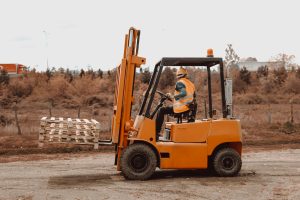 Mini construction cranes represent one of the most innovative solutions in the lifting sector. Designed for confined or indoor spaces, they provide a perfect balance of power, precision, and compactness.
Mini construction cranes represent one of the most innovative solutions in the lifting sector. Designed for confined or indoor spaces, they provide a perfect balance of power, precision, and compactness.
These small construction cranes are used in renovation works, facade assembly, and industrial installations. Thanks to advanced hydraulic and electronic systems, they can lift several tons while maintaining stability, even on delicate surfaces.
Their main advantage is maneuverability, supported by load sensors, reach limiters, and anti-tip systems. Mini cranes optimize time and operational costs, reduce logistical impact, and ensure efficiency and reliability in complex environments.
Reliability for every construction crane with 3Bmust International
The safety, efficiency, and operational continuity of construction cranes are essential in every context. 3Bmust International provides experience, technological innovation, and partnerships with leading Italian and international manufacturers and operators.
We offer complete solutions to ensure high performance and full protection for construction cranes, including:
-
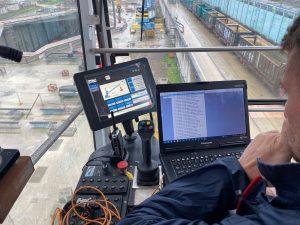 Advanced safety systems, compliant with regulations, designed to protect operators and machines
Advanced safety systems, compliant with regulations, designed to protect operators and machines -
Original and compatible spare parts, selected from leading international brands, ensuring reliability and constant availability
-
Technical assistance and specialized service, with rapid interventions, precise diagnostics, and on-site or remote support
-
Scheduled maintenance programs, designed to prevent breakdowns, optimize performance, and extend the lifespan of construction cranes
Choosing 3Bmust International means selecting a partner capable of anticipating site needs and providing customized, safe, and up-to-date solutions.
Contact us today to discover how to protect and enhance your construction cranes!
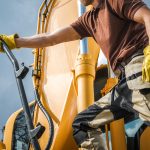
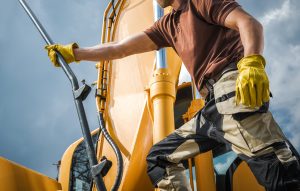
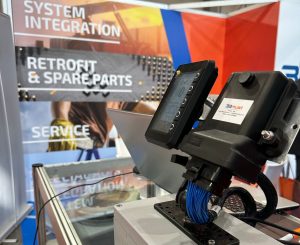

No comment yet, add your voice below!